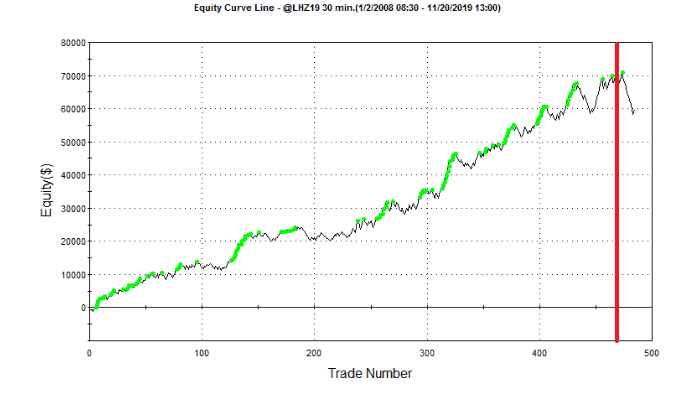Imagine you’ve just received an official tax letter from the IRS (Inland Revenue Service).
That ugly, official envelope, we’re all so scared to receive…
You open it, and as you start to read it you realize that according to the tax department…
… there is a big discrepancy between their calculation of how much money you should have paid and your own. And that big GAP needs to be paid – immediately!
Scary, isn’t it?
I’m pretty sure we all hate even THINKING about these hypothetical “financial gaps” we could face, yet…
In trading, we have to face them nearly EVERY DAY!
Of course, I’m talking about MARKET gaps. This “hidden” danger of trading can:
- Lead to skewed/misleading data,
- Produce erratic indicator behavior (which can be very misleading too),
- Create false, early or late trade signals that cost you (a lot) of money!
Plus, the impact of gaps on indicators can last for many bars after the gap has even occurred, perhaps for even longer than a trading day! (Depending on the indicator logic and number of bars required by the indicator.)
In a sense, this is just as scary as receiving a letter from the tax department.
So, what’s the solution?
It’s very simple:
Implementing the “mind the gap” technique.
In this special issue, I’m going to give you EVERYTHING you need to start with this technique – including the technique itself, example TradeStation code, and a short bonus video on the actual implementation.
You should definitely check this out (before the IRS does! :-) ).
It can improve your trading performance and give you cleaner market signals.
And if you’re not an Empowered Trader Club member yet (or don’t even know what it’s about), you can find more details here.
Happy trading,
Andrew















